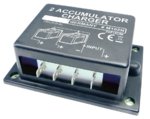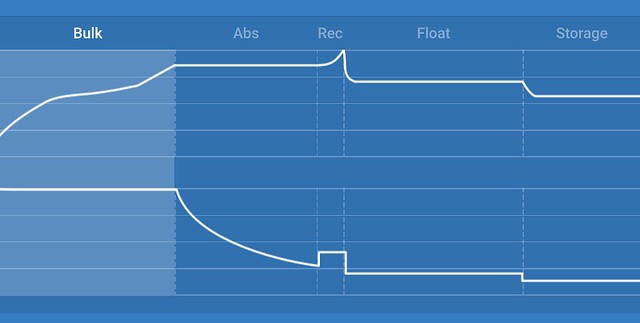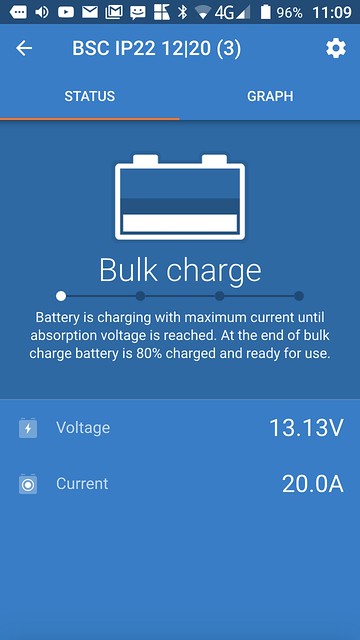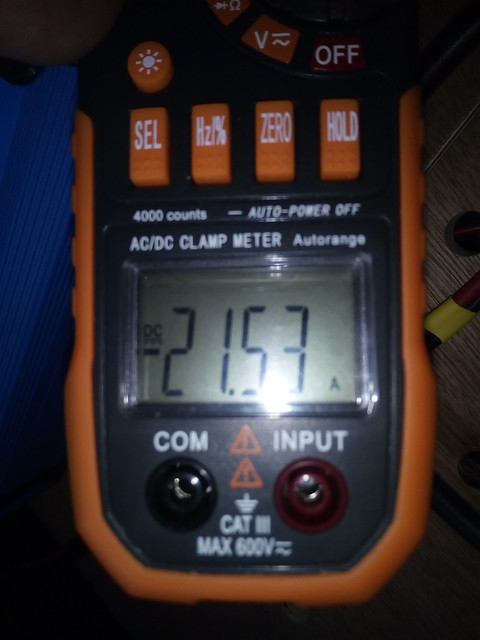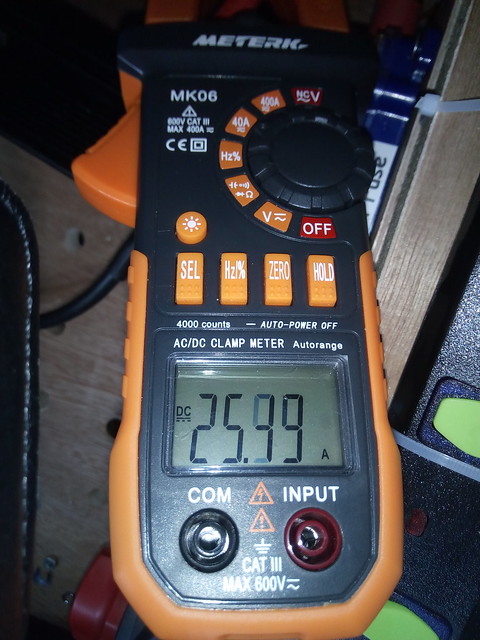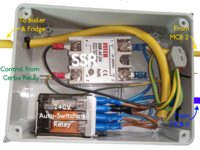wildebus
Full Member
- Messages
- 6,356
This is something I have wondered about for a while as an alternative to a B2B charger.
This is the theory... You have a decent smart Mains Charger already you use on hookup - say for arguments sake a 40A one (could be anything).
A 40A Battery to Battery Charger costs around the £200 mark minimum. But you can get a basic 500W Inverter for around £30.
If you had a 20A Mains Charger you could get away with a 300W Inverter - the basic rule being the inverter has to be able to provide the maximum current the Mains Charger can run at.
So you have the split charge cable you would have anyway going to an inverter, then you have the inverter output going to the mains charger you would usually have on hookup.
Ok, you are going 12V to 240V and back to 12V so there is energy wastage in the conversion for sure, but that wastage is taken care of by the Alternator (so maybe a touch worse fuel economy?) however the money saved on a B2B Charger should more than compensate.
Anyone tried this kind of thing
This is the theory... You have a decent smart Mains Charger already you use on hookup - say for arguments sake a 40A one (could be anything).
A 40A Battery to Battery Charger costs around the £200 mark minimum. But you can get a basic 500W Inverter for around £30.
If you had a 20A Mains Charger you could get away with a 300W Inverter - the basic rule being the inverter has to be able to provide the maximum current the Mains Charger can run at.
So you have the split charge cable you would have anyway going to an inverter, then you have the inverter output going to the mains charger you would usually have on hookup.
Ok, you are going 12V to 240V and back to 12V so there is energy wastage in the conversion for sure, but that wastage is taken care of by the Alternator (so maybe a touch worse fuel economy?) however the money saved on a B2B Charger should more than compensate.
Anyone tried this kind of thing

